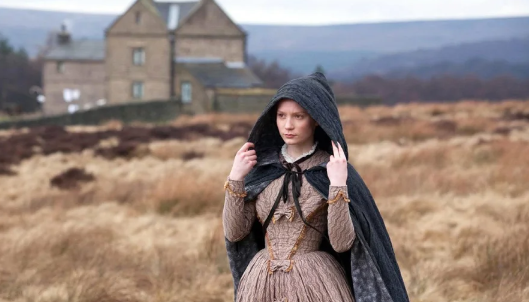The Use of Nature Imagery in Jane Eyre
In Jane Eyre, Charlotte Brontë masterfully uses nature imagery to reflect the emotional landscapes of her characters and to enhance the overall themes of the novel. Understanding this use of nature can deepen our appreciation of the text and illuminate the connections between the characters’ inner lives and their external environments. This exploration of Brontë’s vivid descriptions of nature reveals how it serves as a powerful backdrop and mirror for human emotion.
Nature as a Reflection of Emotion
Brontë employs nature imagery to convey the complex emotions experienced by Jane Eyre throughout her journey. For example, wild and untamed landscapes often resonate with Jane’s feelings of passion and rebellion. During her time at Thornfield Hall, the oppressive architecture mirrors her feelings of confinement and sadness. In contrast, descriptions of the moors evoke a sense of freedom and self-discovery when Jane escapes her former life. This interplay between nature and emotion allows readers to connect more deeply with Jane’s journey, highlighting her resilience and longing for liberation.
Symbolism of Seasons and Weather
Seasons and weather in Jane Eyre serve as meaningful symbols that reflect the characters’ emotional states and transitions. For instance, the gloomy, cold weather at the start of the novel parallels Jane’s isolation and despair as a young orphan. As the story progresses, the warmth of spring symbolizes hope and renewal, particularly during Jane’s flourishing relationship with Mr. Rochester. Additionally, rain often acts as a cleansing force, washing away pain and allowing for rebirth. This rich symbolism underscores the themes of growth and transformation within the narrative, enhancing the reader’s understanding of Jane’s evolution.
The Moors: A Space of Freedom and Identity
The moors are perhaps the most significant natural element in Jane Eyre, representing both freedom and introspection. When Jane roams the moors, she experiences a sense of liberation from society’s constraints, reflecting her inner strength and independence. Brontë’s lush descriptions of the wild landscape emphasize its raw beauty and serve as a metaphor for Jane’s untamed spirit. The moors become a canvas for her thoughts and feelings, where she confronts her identity and desires. In this way, nature not only shapes Jane’s outside world but also her internal landscape, offering readers insight into her struggles and triumphs.
In conclusion, the employment of nature imagery in Jane Eyre is a rich and multifaceted aspect of Brontë’s storytelling. Through her vivid descriptions of landscapes, seasons, and weather, she crafts an intricate connection between the natural world and her characters’ emotional journeys. Exploring these themes can enhance your reading experience, inviting a deeper appreciation of the novel. If you’re intrigued by the power of nature in literature, consider revisiting Jane Eyre or exploring other works that weave nature into their narratives.
